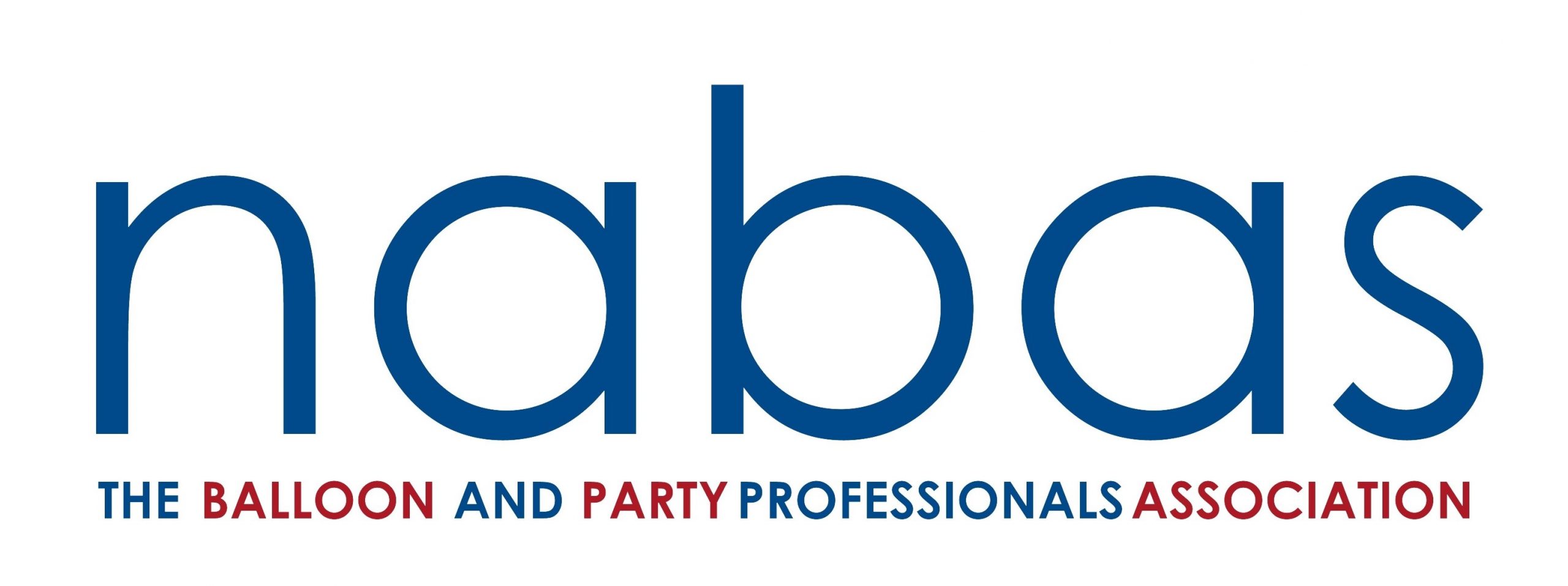NABAS Do Not Support Balloon Releases
We advise our members to say ’NO’ to balloon releases, we believe it should be strictly adhered to in the interest of safe guarding the environment.
Say “NO” To Balloon Releases. We strongly recommend our members instil a policy of “No Balloon Releases”, and do not support the deliberate release of balloons. As the leading trade association, it is our constant goal to protect our members, our industry and indeed the end users and our environment.
- Don’t Let Go
- Always Dispose of Balloons Safely
- Beware of Latex Allergies
If you require any further clarification or need advice please contact NABAS, The Balloon Industry’s only independent association on 01787 221026.
Our Environment and Latex Balloons
What are balloons made of?
There are basically two types of balloons, foil balloons and latex balloons. The foil balloons (often referred to as mylar), are a bladder made of nylon that is covered with a layer of aluminium that is 0.0015 of an inch thick. Latex balloons are made from the sap of rubber trees – a completely natural substance.
Are latex balloons biodegradeable?
Yes. Latex is the product of rubber tree sap, it breaks down when exposed to the elements of nature.
How long does it take for a ballon to biodegrade?
Oxidation is the first step in the breakdown of a latex balloon and it begins within approximately one hour of inflation. Oxidation is visible in some types of balloons as a cloudy appearance. This is most evident when the balloon is exposed to direct sunlight, heat or normal outdoor conditions.
Research was carried out in July 1989 with a variety of balloons under various conditions to accurately gauge the time needed for the latex to degrade. Results from this study indicate that the decomposition time for balloons is about the same rate as an oak leaf (6 months).
Is it true that balloons have been found ingested by sea animals?
Some cases have been reported, but balloon fragments are unlikely to cause harm if accidentally ingested. This is because latex and the dyes used in latex colouring are non-toxic. However problems may occur if a partially inflated balloon is ingested, causing possible blockage of the alimentary tract.
